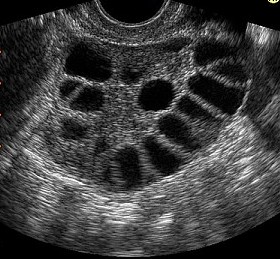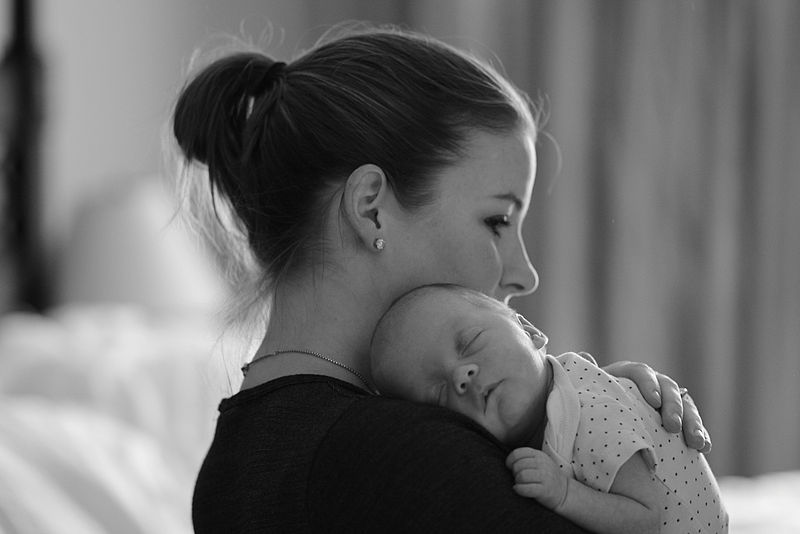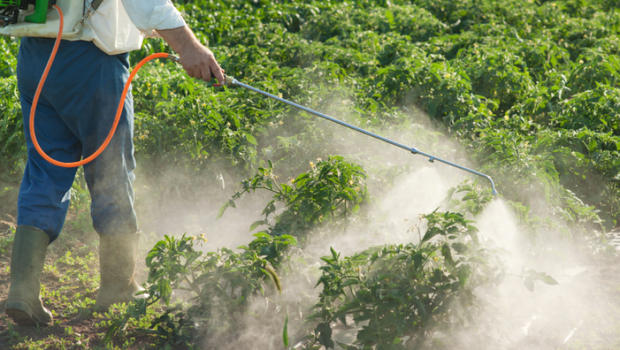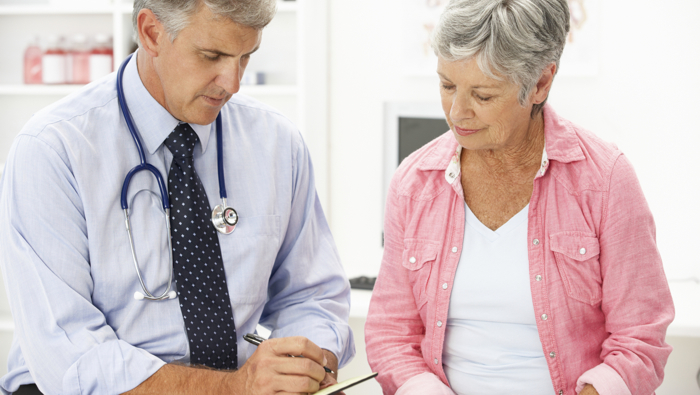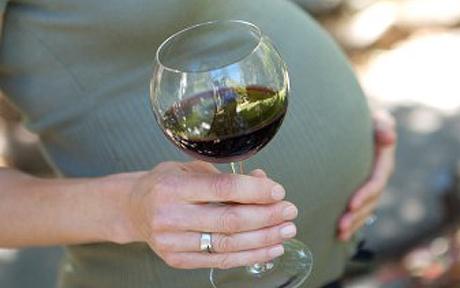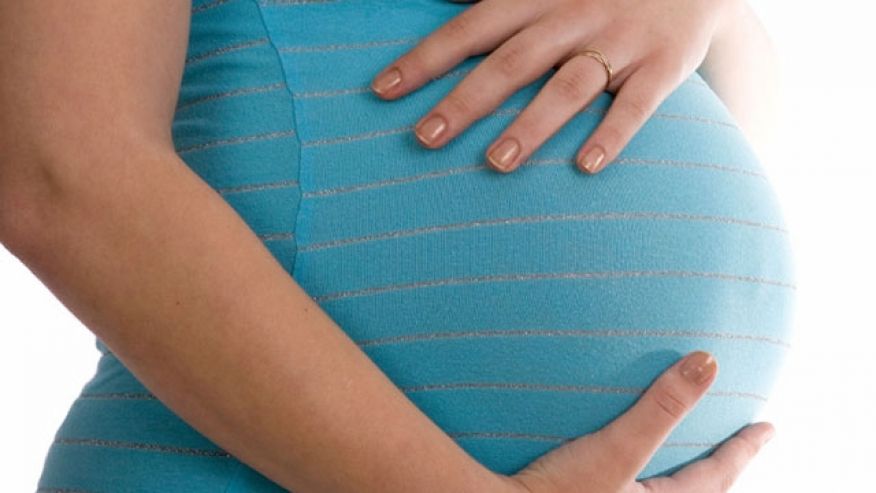
You may have used nitrous oxide, aka laughing gas, to cope with painful dental procedures, but what you may not know is that laughing gas is now being used to help women cope with labor pain.
In the U.S., laughing gas for labor pain was common practice years ago.Now, more women than ever are exploring their options and making informed choices about childbirth, the pain-relief option is seeing a resurgence— more hospitals and birth centers are making it available to their patients.
But is it safe? And will it really make labor pain-free? Find out the answers to these questions and more.
Why laughing gas?
Nitrous oxide for labor pain was common practice in the U.S. in the 1930s, but as other options like twilight sleep, general anesthesia and later, IV narcotics and epidural became available, nitrous oxide fell out of favor.
Today, in countries like Australia, New Zealand, and the United Kingdom., nitrous oxide is common practice, with up to 80 percent of women using it.
“The interest in it has really caught fire,” said Dr. Michelle Collins, a certified nurse-midwife and director of the nurse-midwifery program at Vanderbilt University School of Nursing in Nashville, Tenn. “Women are demanding more options and if there are safe options, they want them available to them.”
Nearly 30 hospitals and birthing centers in the U.S. currently offer or will soon offer nitrous oxide and every day more are calling to get information about it, Collins said.
Laughing gas is a 50-50 mix of nitrous oxide and oxygen that women inhale the through a mouthpiece. Yet unlike in the dental office where it’s administered continuously, the woman decides when and how often to use the odorless gas.
“It’s considered a fairly weak anesthetic,” said Dr. William Camann, director of obstetric anesthesia at Brigham and Women’s Hospital in Boston, Mass. “Nitrous makes you a little drowsy and takes the edge off things.”
Here’s how it works: At the start of a contraction, you breathe in the gas so at the peak of the contraction, you get the most pain relief. Nitrous wears off within a few breaths of when you stop inhaling, so the effects end with the contraction and is completely eliminated from the body, Camann said.
“The pain relief that women feel is variable,” said Collins said. She noted that some women report that nitrous was all they needed, while others say it simply took the edge off. For some, it doesn’t help at all.
Although nitrous oxide is a drug, it’s a viable option– even for women who want to have a natural birth.
“It can help her get through a contraction in a different way and distance herself from the contraction,” said Jenna LoGiudice, a certified nurse midwife and assistant professor at Fairfield University’s School of Nursing. “It’s not necessarily a pain relief method but it’s helping the woman decrease her anxiety and mentally get through a contraction.”
What are the benefits?
Unlike IV drugs or an epidural, you can stop it at anytime. Plus, it doesn’t slow or halt labor, meaning it doesn’t increase your risk for other interventions, including a C-section, LoGiudice said.
Nitrous oxide can also be used at any time during labor, even later on in the process when an epidural isn’t always an option.
Approximately 35 to 40 percent of women who use nitrous oxide also get an epidural. However, this doesn’t necessarily mean the gas didn’t work. Rather, it can help women delay getting the epidural as their labor progresses and allow the baby to move down further, Collins said.
At Vanderbilt, nitrous oxide is also used when woman are anxious about getting an IV or an epidural, or for painful procedures like the manual removal of the placenta or repair to the perineum after delivery.
What you should know.
About 10 percent of women who use nitrous oxide will experience nausea and vomiting and other common complaints such as feeling lightheaded, dizzy or extreme drowsiness. After many hours of labor, some women also report feeling tired, but just like nausea, it’s hard to tell if it’s due to the nitrous or labor itself, Collins said.
Nitrous oxide doesn’t affect the baby’s heart rate or breathing, and studies show that babies whose mothers used it had similar Apgar scores to those who used other pain relief methods or none at all, according to a recent review in the journal Anesthesia and Analgesia. Yet the same report showed that more research using stronger studies is needed.
What’s more, it’s unclear if there are long-term effects on things like development or IQ, as researchers have yet to look at these areas.
The bottom line: Nitrous oxide may help to decrease your anxiety and pain and make for a better birth experience, but it’s important to arm yourself with information and make the best choice for you and your family. Ultimately, it’s about giving women choices to have the birth they envision.
“It’s empowering women to have control of their labor and their pain relief,” LoGiudice said. “They want to feel in control, as they should be.”
Source: fox news


